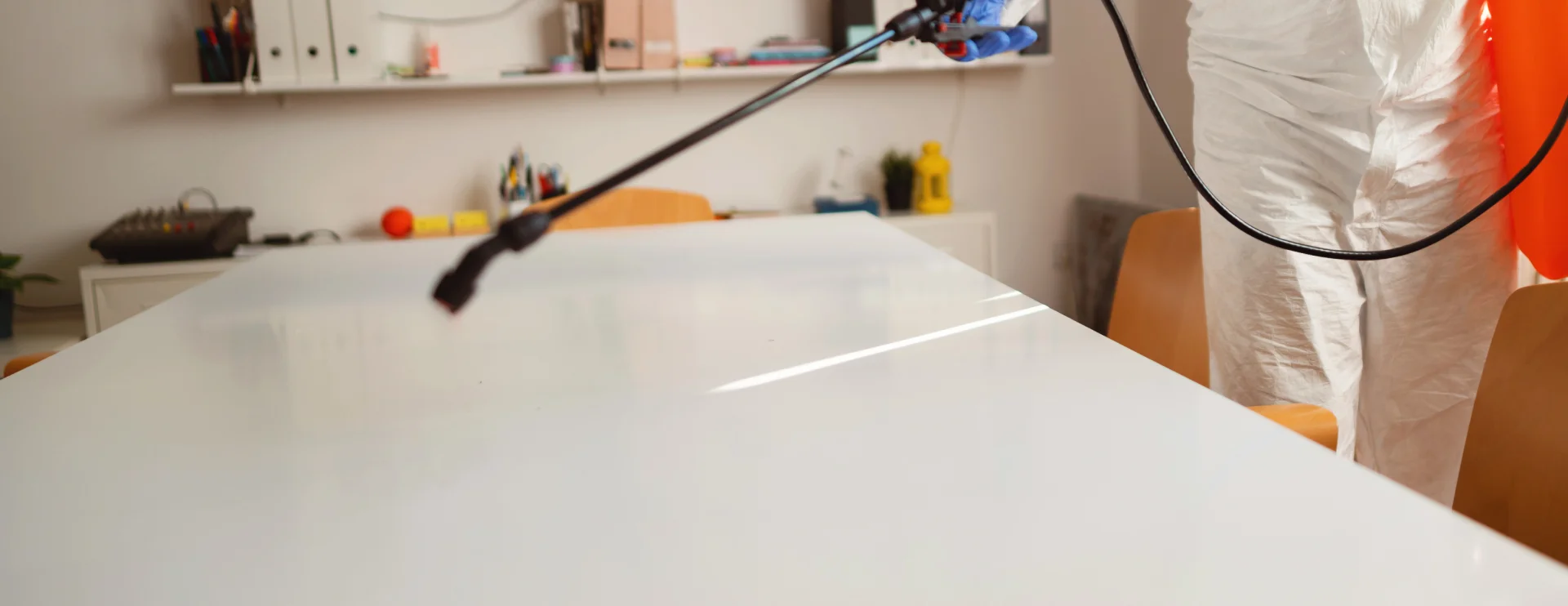Myth: You can’t see a bed bug.
Reality: Adult bed bugs, nymphs, and eggs are visible to the naked eye.
Myth: Bed bugs live in dirty places.
Reality: Bed bugs aren’t drawn to dirt; they’re attracted to warmth, blood, and carbon dioxide. However, clutter offers them more hiding spots.
Myth: Bed bugs transmit diseases.
Reality: There are no documented cases or studies proving that bed bugs transmit diseases between humans.
Myth: Bed bugs are not a public health pest.
Reality: Bed bugs are considered a public health pest. We collaborated with the CDC and USDA to identify pests of public health significance and issued a Pesticide Registration Notice listing these pests. Bed bugs are included. In 2009, the EPA and CDC released a joint statement highlighting the public health impacts of bed bugs.
Myth: Bed bugs won’t come out if the room is brightly lit.
Reality: Although bed bugs prefer darkness, keeping lights on at night won’t stop them from biting.
Myth: Pesticides alone will easily eliminate bed bug infestations.
Reality: Effective bed bug control requires a comprehensive approach involving various techniques and careful monitoring. While pesticides can be part of the solution, they cannot eliminate bed bugs on their own. Some bed bug populations have developed resistance to certain pesticides, making it essential to consult a qualified pest management professional if you encounter a bed bug problem in your home.
Myth: EPA provides funding for people who need help controlling bed bugs.
Reality: The EPA does not offer funding for bed bug control. The EPA’s roles in addressing bed bug issues include evaluating pesticides to ensure their effectiveness and safety when used as directed, and collaborating with other federal agencies to provide accurate information about bed bugs and their control methods.

